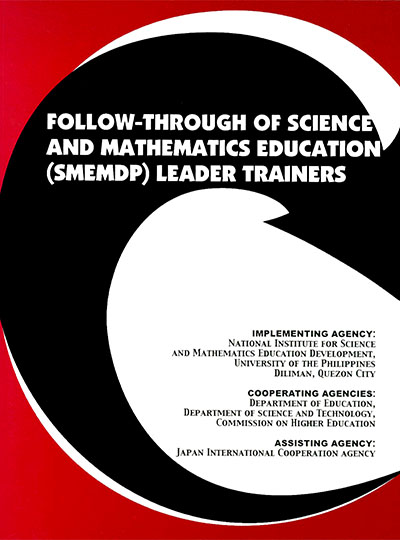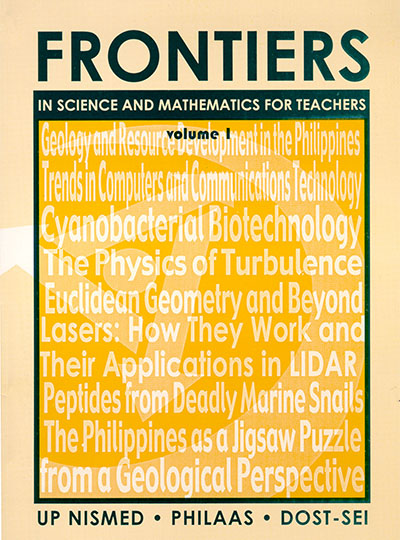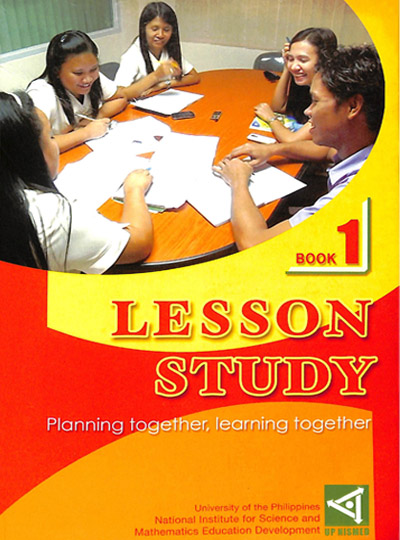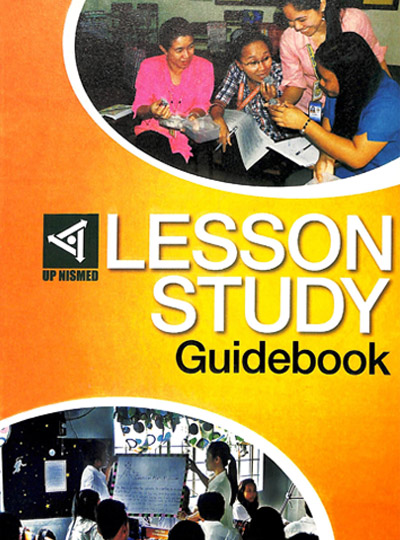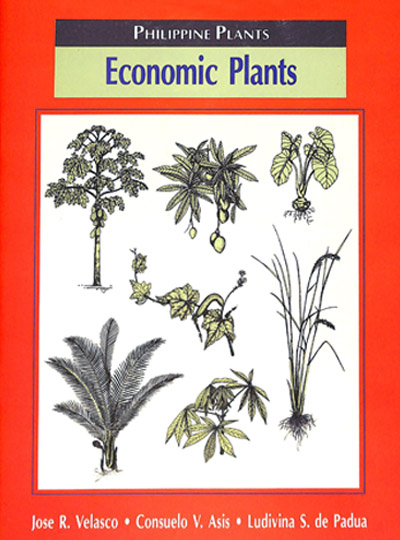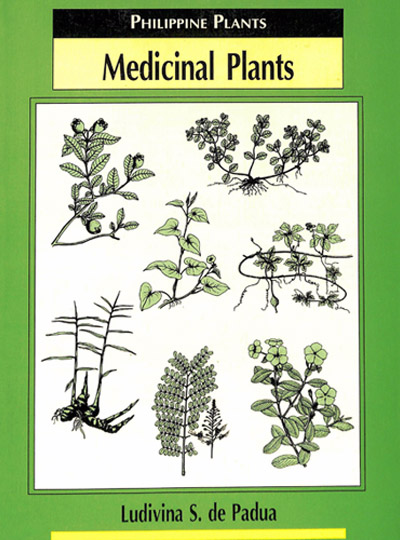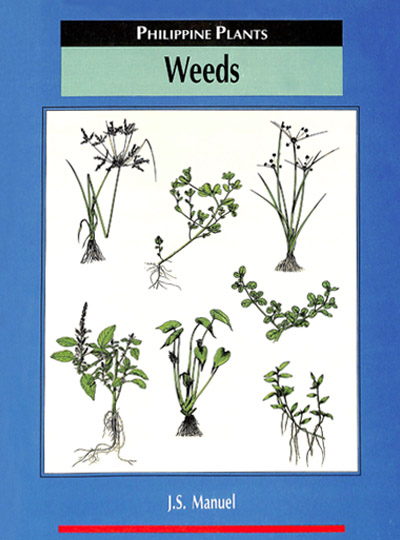Lesson Study Book 2 Learning More Together, Growing in Practice Together
Soledad A. Ulep, et al. (Eds.)
UP NISMED
ISBN 978-971-570-146-4
Published by NISMED
November 2014
No of Pages: 258
____________
Complementary to the first volume, Lesson Study: Planning Together, Learning Together, the chapters in this book document the actual lesson study experiences of teachers and students that highlight the teaching and learning of science and mathematics through inquiry-based and problem-solving approaches from elementary and high school levels. A unique feature of this book is the inclusion of teachers' experiences at the college level.
Done collaboratively and systematically, with more research rigor, the chapters in this second volume illustrate how both teachers and students learn through a critical examination of teachers' instructional practices through lesson study. The editors and contributors of this volume found that, aside from being meaningful and personally fulfilling, the practice of lesson study affords the teachers involved an enjoyable experience as well.


